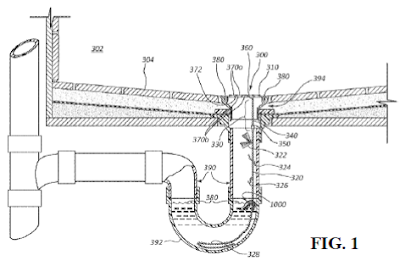Strategies for Patenting Solutions to Scaling Challenges

Whether your business has large- or small-scale production challenges, it is important to consider your intellectual property portfolio when developing solutions. There are a couple of strategies that may be helpful to improve the chances of success for applications geared towards production challenges. One strategy for a patent application that is directed towards a solution for a large or small production scale related problem is to describe how the solution in the application may address issues associated with that particular production scale. Another strategy may be to describe how a particular production scale enables the solution to work so that the production scale is intertwined with the solution in the application. An example of an application that intertwines the scale of the production with the solution may be found at U.S. Patent No. 4,906,578 , which relates to temperature control of large tanks for the cultivation of microorganisms.






